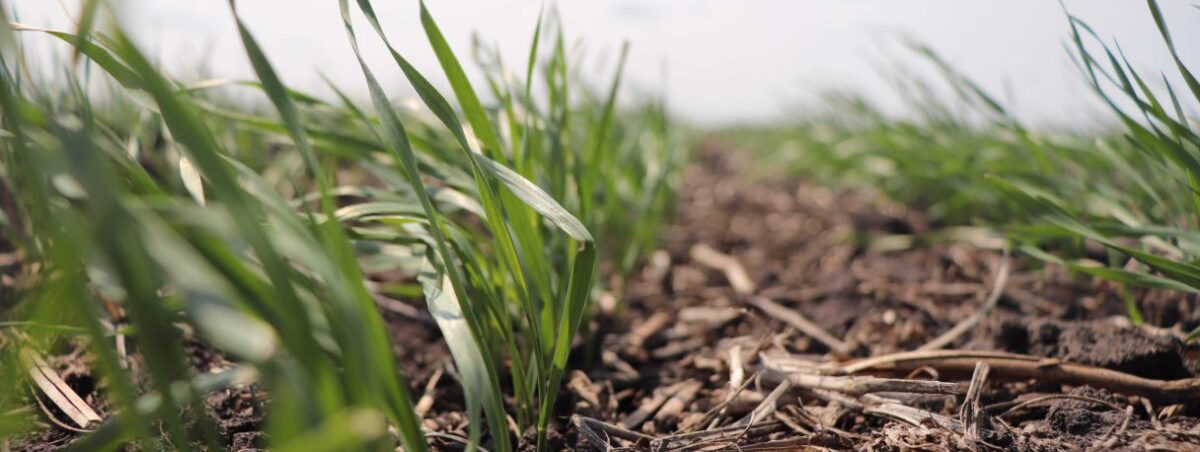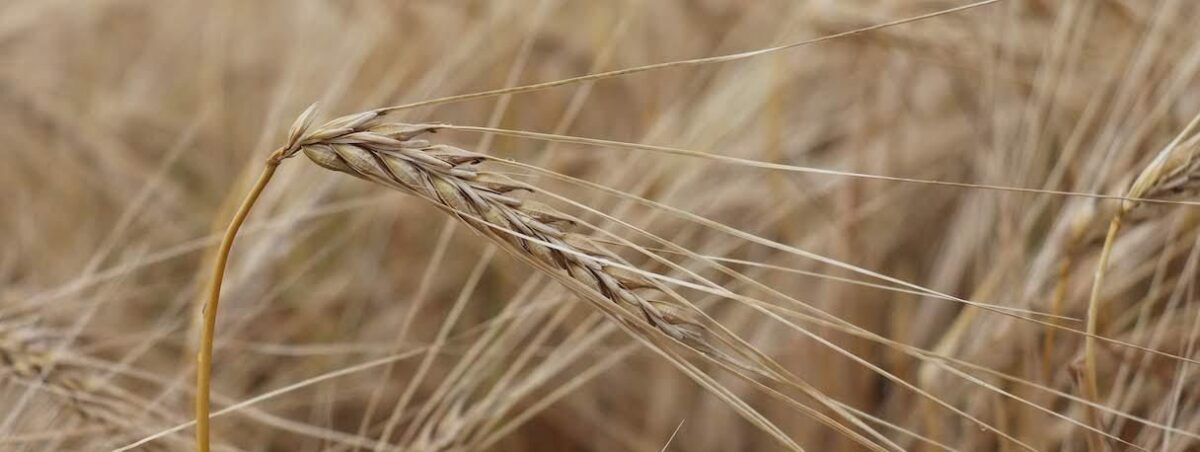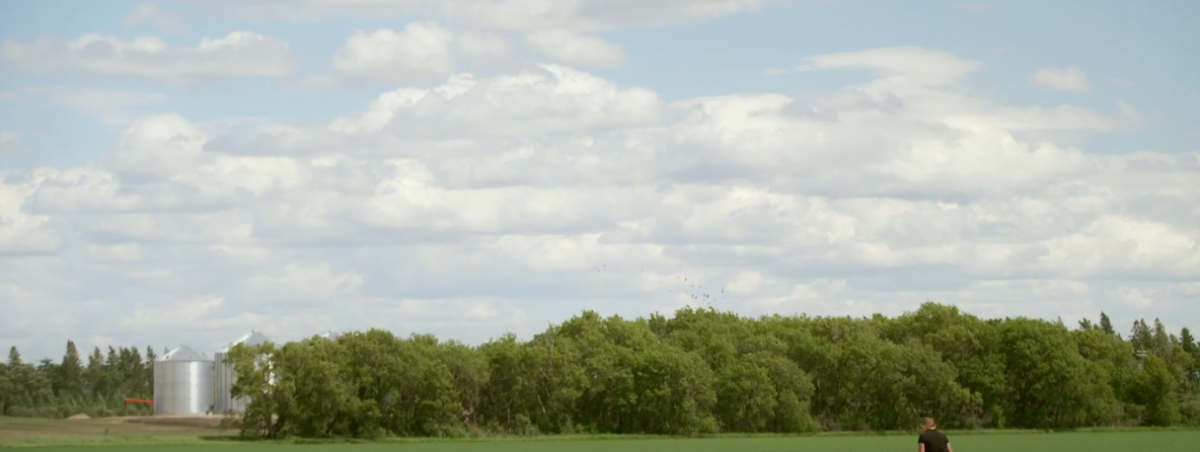Key findings from the Assessment of New Malting Barley Varieties for Production and Malting Selection in Manitoba final project report
Variety selection is an important consideration for farmers, as not all varieties are created equal. Varieties can differ in days to maturity, plant height, lodging risk, disease ratings, pre-harvest sprouting, grain quality factors and yield. Farmers need to evaluate variety characteristics against the risks and needs of their operation.
Taking time for variety selection is generally a simple consideration within the producer’s control that can maximize operational production and profits. However, complicating factors to consider when selecting a cereal variety is your target market, grain buyer and end-user requirements. For some cereal crops, like malting barley, the end user (maltsters and brewers) and grain buyers require barley to satisfy specific criteria.
In Manitoba, total barley acres (feed plus malting barley) have declined over the last 20 years. Due to a combination of disease concerns, market forces and difficulty to meet malting grade, producers have stayed away from barley in their rotations. According to the Manitoba Agricultural Services Corporation’s annual Seeded Acreage Reports from 2020-2023, total seeded barley acres have steadied, with seeded acres remaining consistent between 365,000 and 400,000 acres. Over the last few years, several new malting barley varieties have been registered for producer use in Canada and there was a need to evaluate the new varieties of malting barley in field scale trials, under Manitoba growing conditions to provide Manitoba farmers with data on how new varieties could fit in their cropping system.
The research project, Assessment of New Malting Barley Varieties for Production and Malting Selection in Manitoba was developed to address this issue. The project was a collaborative effort between the Canadian Malting Barley Technical Centre (CMBTC) and Manitoba Crop Alliance (MCA), with support from Tone Ag Consulting, Canadian Grain Commission – Grain Research Lab and Agriculture and Agri-Food Canada. It was conducted to evaluate new malting barley varieties for agronomics, malt quality and brewing quality. Specific project goals are listed below:
- Examine the performance of new malting varieties at different growing sites in Manitoba with optimized agronomic practices.
- Investigate the barley selection rate for malting at harvest and test for barley quality and malting and brewing performance.
- Identify the growing locations and best agronomic practices for the new malting varieties.
On-farm research trials, through MCA’s Research on the Farm (ROTF) program, were leveraged to complete this project. Producer co-operators, who are MCA members, were involved in trial establishment, treatment implementation and harvest. This research project wouldn’t have been possible without their involvement and participation.
Materials and Methods
Treatments: Two to five malting barley varieties were grown in randomized strip plots on the same field at each trial site, using crop management practices optimized based on site conditions. AAC Synergy was the check variety and was grown at each trial site. Management practices could differ between sites.
Table 1. Varieties seeded by year and the number of participating farms for each project year. Variety lodging and disease resistance data.
|
|
Year |
Resistance* |
||||||||||
|
Variety |
2020 |
2021 |
2022 |
Lodging |
LS |
SBS |
RR |
NNB |
SNB |
SB |
SR |
FHB |
|
AAC Synergy* |
X |
X |
X |
G |
S |
I |
I |
MR |
R |
R |
MR |
I |
|
AAC Connect |
X |
X |
X |
G |
S |
R |
MS |
I |
MR |
MR |
MR |
MR |
|
CDC Fraser |
X |
X |
X |
G |
R |
MR |
MS |
MR |
MR |
R |
MR |
I |
|
CDC Copper |
X |
X |
X |
G |
I |
MR |
MR |
MR |
MR |
I |
I |
MS |
|
AAC Goldman |
X |
|
|
F |
MS |
I |
S |
I |
R |
I |
I |
MR |
|
CDC Bow |
X |
|
|
G |
S |
I |
MS |
S |
MR |
I |
MR |
I |
|
CDC Churchill |
|
X |
X |
G |
MS |
MR |
– |
MR |
MR |
I |
MR |
MS |
|
AAC Prairie |
|
X |
X |
F |
S |
MR |
– |
MR |
I |
I |
MR |
I |
|
# of locations |
5 |
5 |
6 |
|
|
|
|
|
|
|
|
|
Note: Check variety. LS, loose smut; SB-S, surface-borne smut; RR, root rot; NNB, netted net blotch; SNB, spotted net blotch; SB, spot blotch; SR, stem rust; FHB, Fusarium Head Blight; G, good; F, fair; S, susceptible; MS, moderately susceptible; MR, moderately resistant; R, resistant.
*Resistance data were obtained from Seed Manitoba 2023 Variety Selection and Grower Source Guide.
Variables measured: Measurements were taken throughout the entire malting barley value-chain. These included barley quality and yields, malt processing quality, malt quality and brewing quality. Specific tests are listed below:
- Barley Quality and Quantity: yield, Deoxynivalenol (DON), protein, germination energy (GE), water sensitivity (WS), thousand kernel weight (TKW), plumpness, stirring number (SN).
- Malt Processing Quality: malt DON, chit, steep out, acrospire length
- Malt Quality: malt moisture, friability, fine extract, coarse extract, F/C difference, soluble protein, Kolbach, diastatic power, α-amylase, β-glucan, colour, viscosity, Free Amino Nitrogen (FAN).
- Brew Quality: overnight apparent extract, overnight alcohol by volume, conversion time, attenuated limit, wort maltotriose, wort maltrose, wort glucose, wort fructose.
Select Results
Figure 1. Top: Mean malting barley yield (bars) and protein data (line) from the 2020-2022 growing seasons. Bottom: Mean malting barley germination (bars) and plumpness data (line) mean values from the 2020-2022 growing seasons.
Figure 2. Top: Mean β-glucan values averaged from 2020-2022 project years and sites. Bottom: Mean DON levels averaged from 2020-2022 project years and sites.
Key Points
- All new malting barley varieties demonstrated the ability to make malting grade under optimum crop management strategies and a variety of weather conditions. All varieties yielded well, with values ranging between 81-104 bu/ac when averaged across all project years and sites.
- CDC Copper did not meet GE thresholds of 95 per cent when data was averaged across all sites and project years. CDC Copper did meet GE thresholds at individual site-years.
- 2021 had the highest malting barley selection rate, with 91 per cent of samples selected. 2022 had the lowest selection rate, with only 62.5 per cent of samples selected.
- No significant differences in DON levels were found between varieties when averaged across all project years and sites (Figure 2).
- No significant differences in yield were found between varieties when data was averaged across all project years and sites. Although, yield differences were found at individual trial sites.
- CDC Copper and AAC Goldman were both found to have water sensitivity values above desirable levels (data not shown). Water sensitivity indicates the percentage of kernels that will “drown” if over-steeped in the malting process.
- No significant differences were found between varieties for malt processing and quality parameters, such β-glucan (Figure 2.)
- Variety did not impact the brewing process or beer quality, with no significant differences found in beer quality indicators when data was averaged across sites and project year (data not shown).
More detailed data on sites and growing seasons can be found in the full project report. More information on individual sites and the MCA’s ROTF program can be found here. Use the annual Seed Manitoba Variety Selection and Grower Source Guide when selecting varieties. Finally, consult grain buyers to determine if there are opportunities to market malting varieties.
Funding for this project was from CAP Ag action Manitoba and MCA. This document is a synopsis of the key results and findings from the Assessment of New Malting Barley Varieties for Production and Malting Selection in Manitoba full project report, assembled by the CMBTC.
















